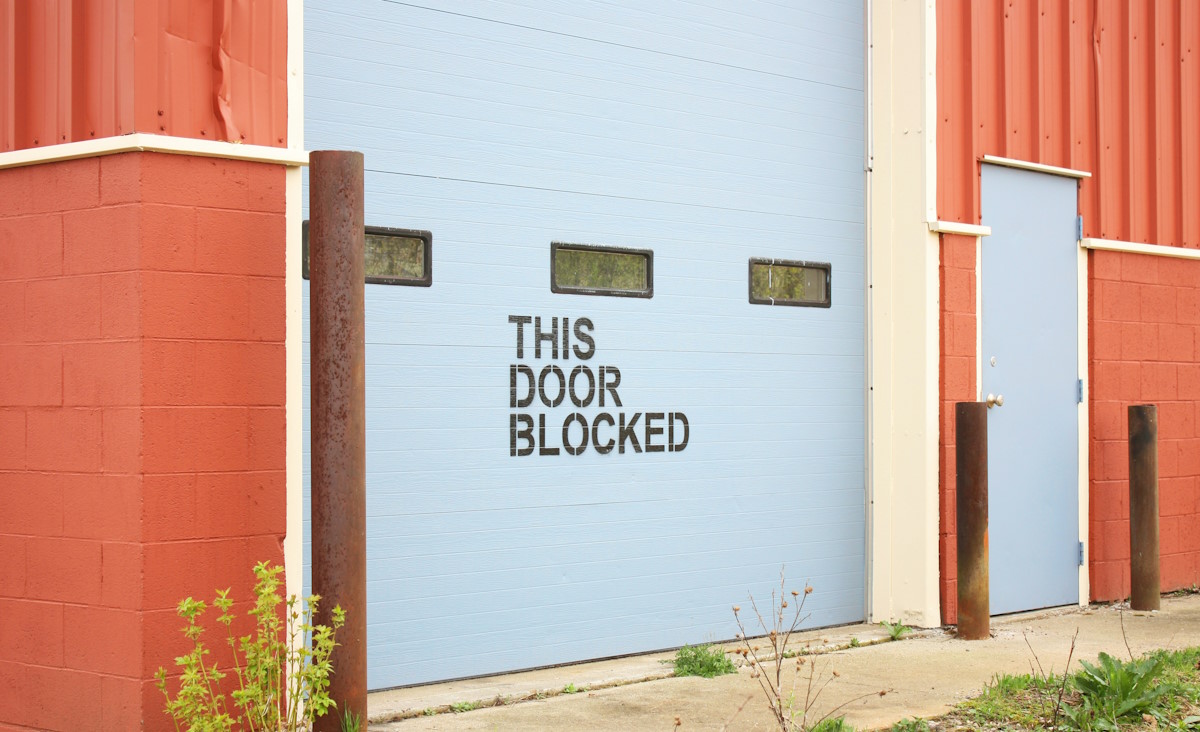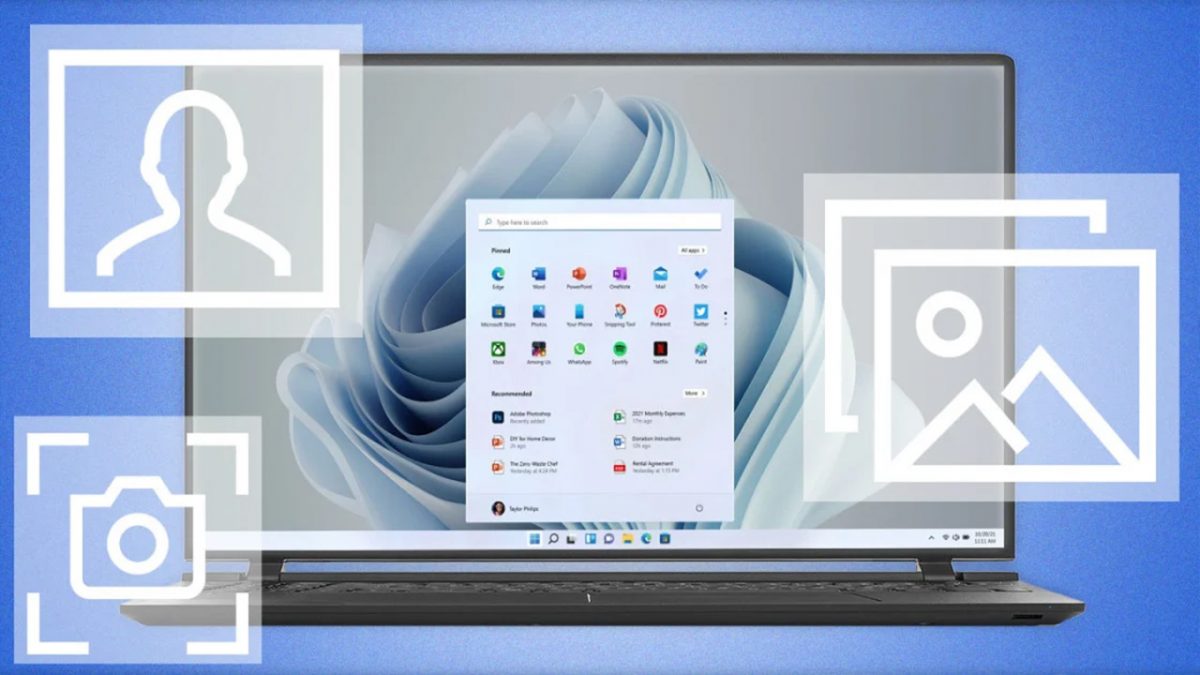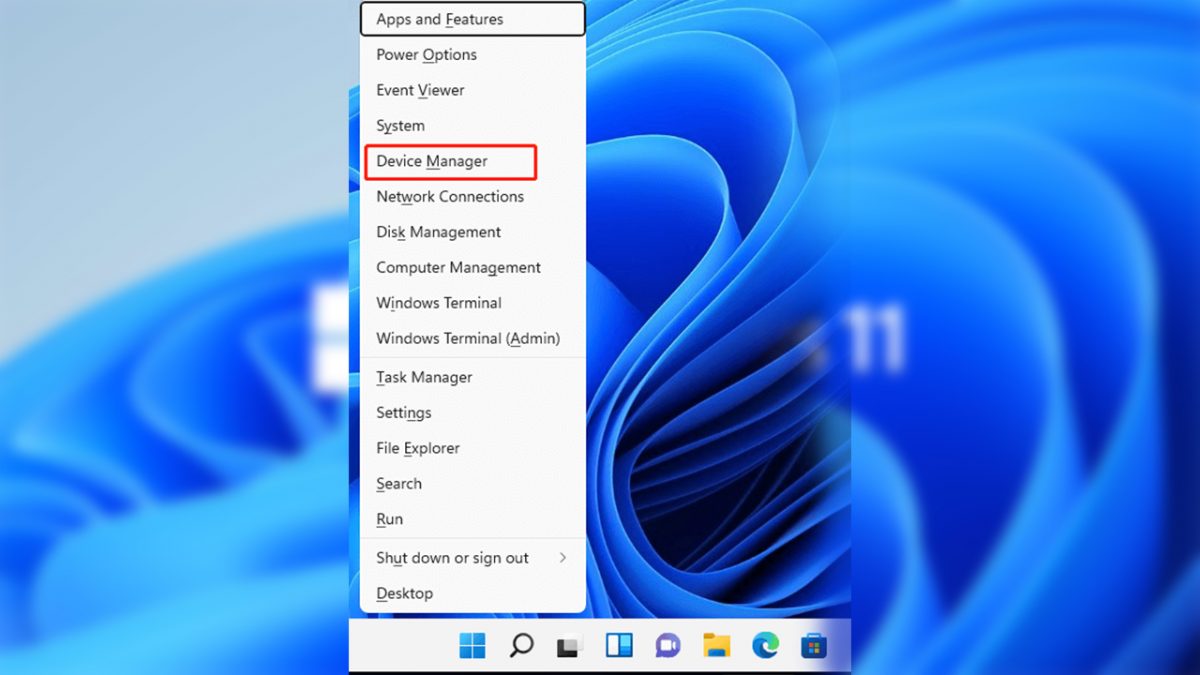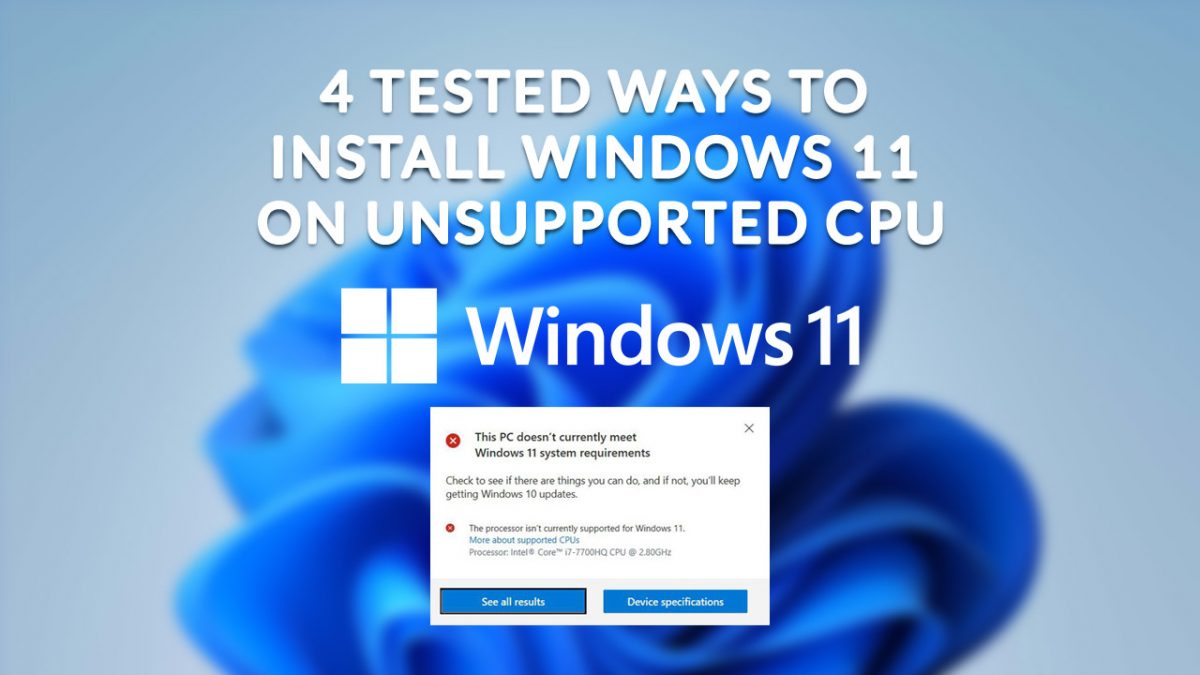Windows Image Boot feature to reduce Windows storage space requirements

One of the things that Microsoft has been criticized for is the storage space requirement of the Windows operating system. If you take Microsoft's original Surface devices for instance, you will notice that only 30 Gigabytes are free on a 64 Gigabyte Surface Pro device and 15 Gigabyte on a Surface RT device.
That's less than half of the total storage of the device and while Microsoft improved that when it released the next generation of Surface devices, it is still problematic.
The problem here is not only that Windows takes up that much space, but also that it is not really feasible to put the operating system on devices with 16 Gigabyte or less of storage.
Windows Image Boot (WIMBoot) is Microsoft's solution for the issue. It is a deployment option for Windows 8.1 Update and later versions that is changing how operating system files are stored on disk.
All files of the operating system are extracted to disk by default traditionally, and while that is the best option if enough space is available for that, it won't work on lower end devices.
The partition layout looks like this on systems with WIMBoot
Not all files are extracted on WIMBoot systems which means that part of the data is added in its compressed state to the drive. For users, nothing is different. All core folders are still there and all files that should be in it are there as well.
Some files are however pointers only which link to the file in the compressed image.
According to Microsoft, it is possible to install Windows 8.1 Update on a 16 Gigabyte Solid State Drive and use only around 3 Gigabytes of space on that drive for the operating system leaving over 12 Gigabyte of storage on the drive free for other data.
Limitations
- WMIBoot is only available for client Windows 8.1 Update editions and no server editions.
- It is only compatible with UEFI-based PCs that are running in UEFI mode and not legacy BIOS mode.
- The feature is only available for SSDs and eMMC drives and not traditional platter-based hard drives.
- Some programs -- backup, encryption or security -- may not be compatible with it.
It is likely that performance of the drive is impacted as well, but Microsoft did not mention by how much probably because it is difficult to come up with a number considering that it depends largely on the performance of the hard drive and other PC components such as the cpu.
Additional information about Windows Image File Boot, including how to create WIMBoot images and deploy them on computer systems, are available on Microsoft's Technet website.




















I’d love to know how this functions in a working reality.
Surely, the important thing here is that it only saves space if the system ships with a recovery image.
If the system ships with no wim file in the recovery partition then it is better to just used NTFS+compression.
I thought that you tested it already and writing a review :(
Sorry no ;)